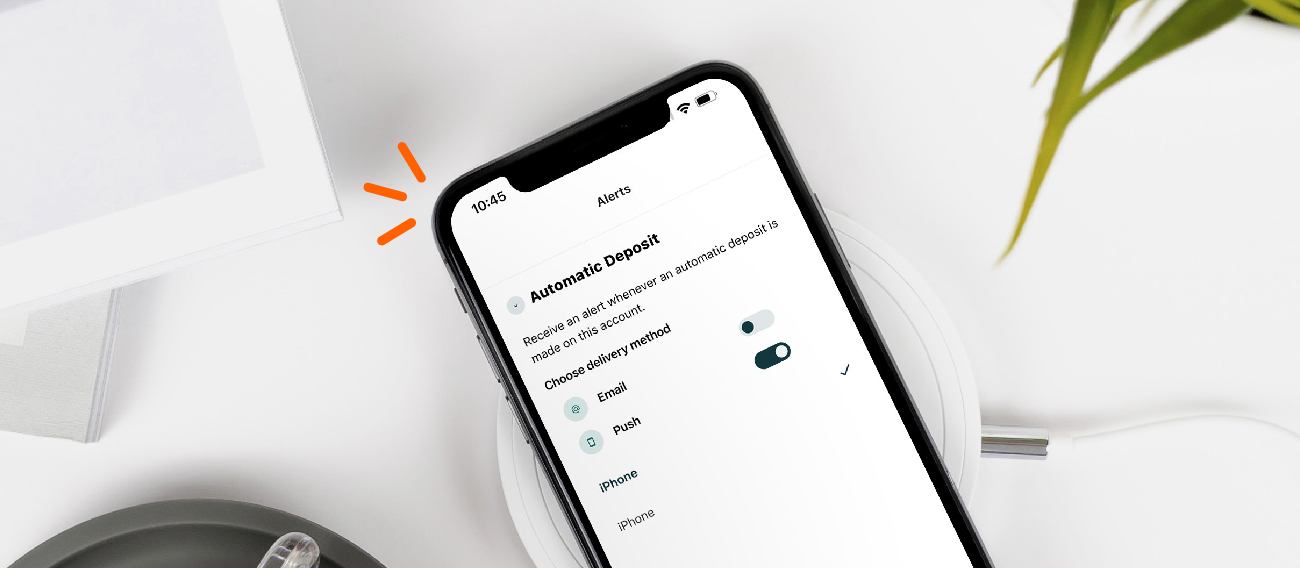Debt is the ultimate misery. It can destroy a budget, make long-term financial planning impossible, and make you feel guilty for every purchase you make. No one wants to live with that debt burden. But how do you efficiently get rid of it? Let’s look at two common approaches to pay off debt.
The Debt Snowball Method.
The snowball approach to pay off debt was popularized by financial guru Dave Ramsey. It involves focusing on paying off the smallest debt first, and then working on the next-smallest debt until they’re all paid off. Here is a scenario we can look at to better explain.
Say you’ve squeezed an extra $200 out of your budget to put towards paying down debt and you have the following debts:
- $2,500 personal loan at 9.5% interest; minimum payment $50.
- $10,000 car loan at 3% interest; minimum payment $200.
- $13,000 credit card debt at 18.99% interest; minimum payment $225.
- $18,000 student loan at 4.5% interest; minimum payment $300.
In this scenario, the snowball method would have you paying just the minimum payment on all these loans except for the smallest. On that, you’d put the extra $200 you have toward quickly paying off the personal loan. Once that’s paid off, you’d take the $250 you were paying toward the personal loan and add it to the $200 you’re paying for the car loan. Now you’re paying $450 towards your car loan and you’ll be paying that off in no time. Keep doing this until you’ve kicked all that debt to the curb. Goodbye debt!
Pros and cons of the debt snowball method.
The most noteworthy draw of the debt snowball method is that it works with behavior modification and not with math. The small but quick wins are excellent motivators to keep you going until you’ve worked through all debts. The main disadvantage of the debt snowball method is its indifference toward interest rates. Paying off the smallest debt first can mean holding onto the debt with the highest interest rate the longest. This translates into paying more in overall interest.
Debt Avalanche Method.
The debt avalanche method takes the opposite approach of the snowball method and advocates to pay off debt by getting rid of your debt with the highest interest rate first and then moving on to the next-highest. This enables the debt-payer to shed heavy interest rates quicker and to put more of their money toward the principal of their loans. In the scenario above, the debt avalanche method would involve paying down the credit card debt first, followed by the personal loan, student loan and finally the car loan.
Pros and cons of the debt avalanche method.
The best advantage of paying off the debt with the highest interest rate first can save hundreds, and sometimes thousands, of dollars in interest. Some people also like the idea of kicking their most weighty debt sooner. A disadvantage is the debt avalanche requires self-motivation to keep you chugging away at the plan despite seeing little progress. It’s harder to feel like you’re getting somewhere when the numbers are barely moving, but if you are seriously motivated and believe you can stick with the plan, then this will work.
Which method is right for you?
Factors like your personality and lifestyle play a role in determining which of these methods is the best choice for you. If you think you’d need initial motivation to keep going, you may want to choose the snowball method. Is your main concern finding an approach that will cost you less time and money? Then you might want to go with the avalanche approach. You can always switch approaches down the line if you feel you need a change.
Are you ready to pay off debt? Choose your approach and get started today and remember Alltru Credit Union can always help you reach your goals. Find your financial peace in a debt-free lifestyle!

Chelsea Springli






